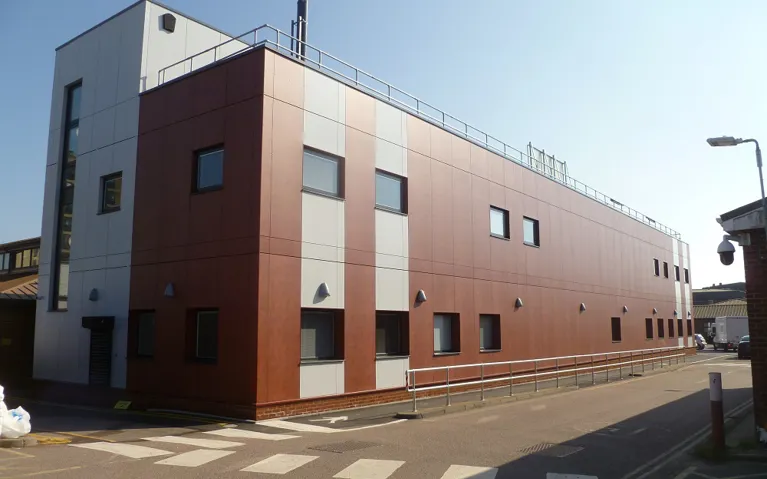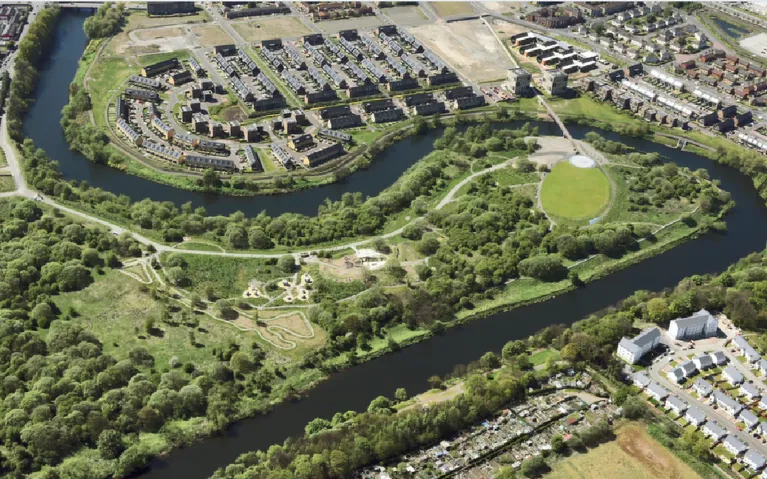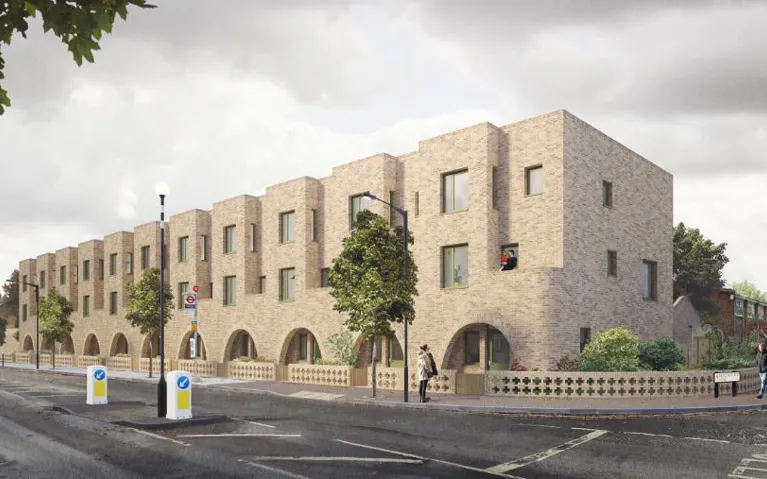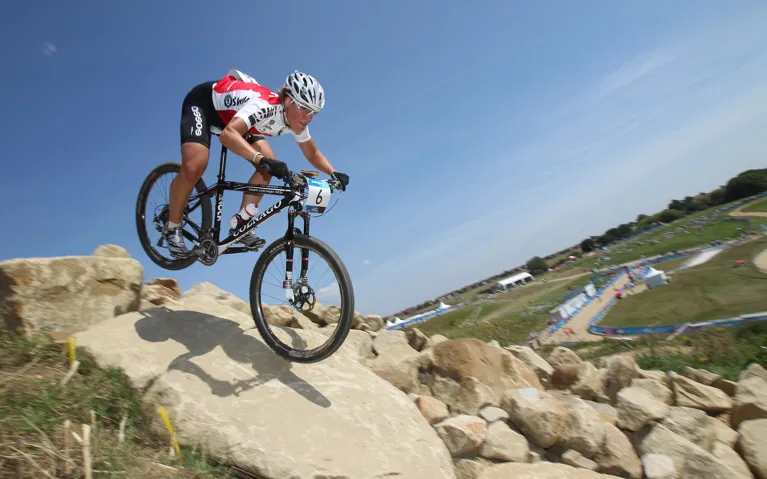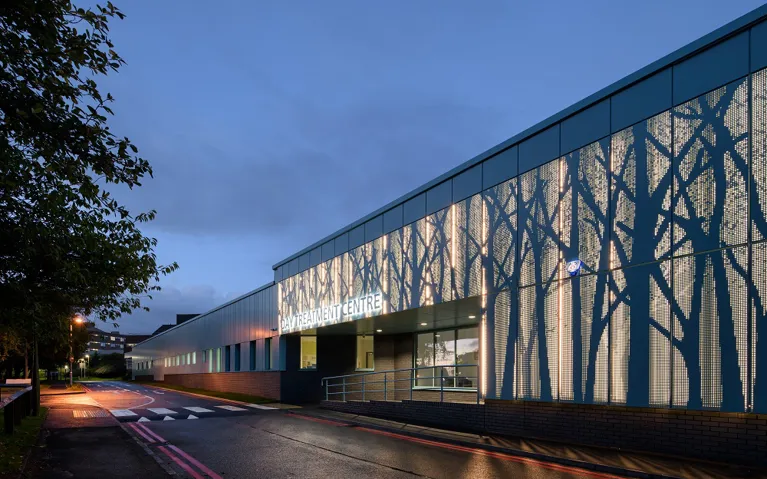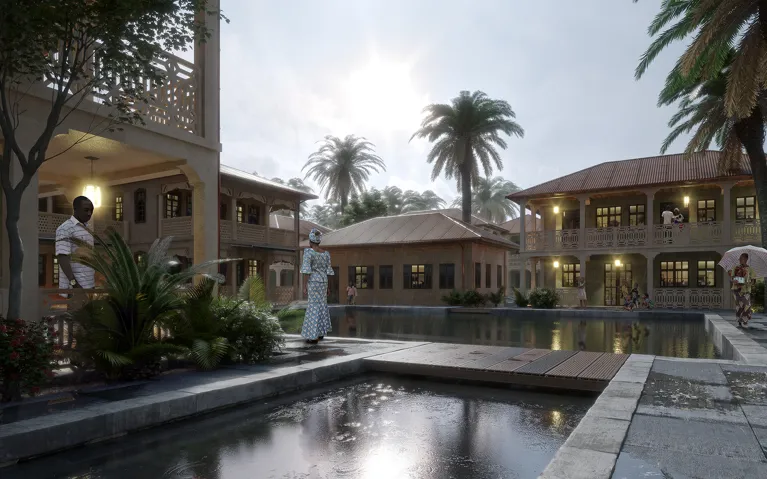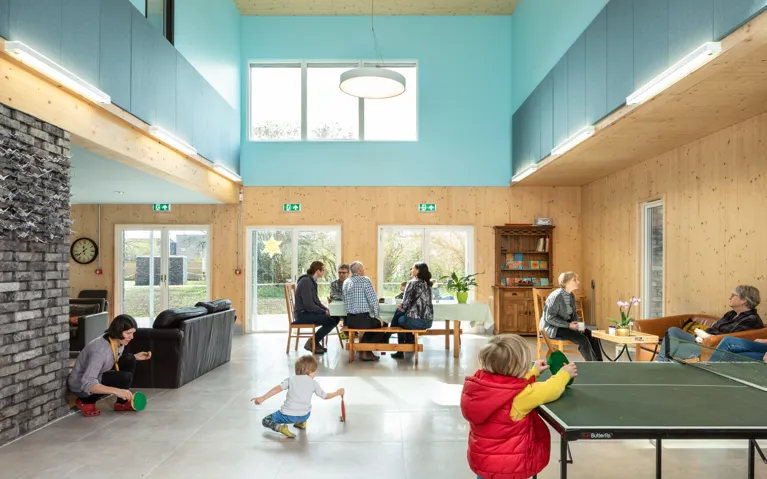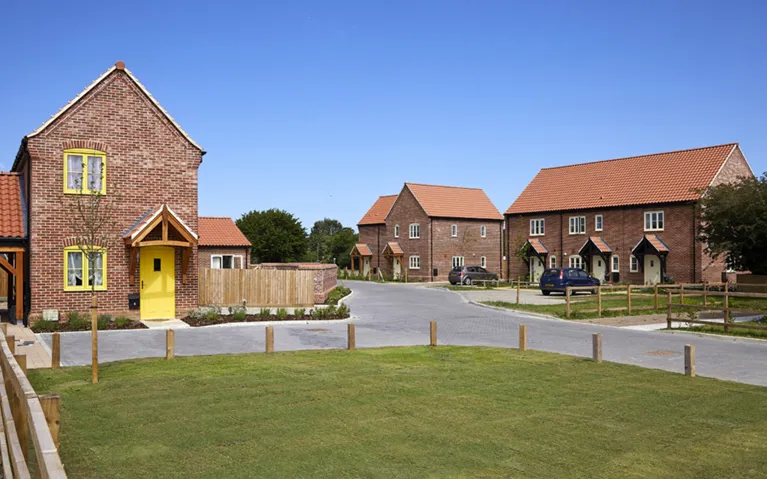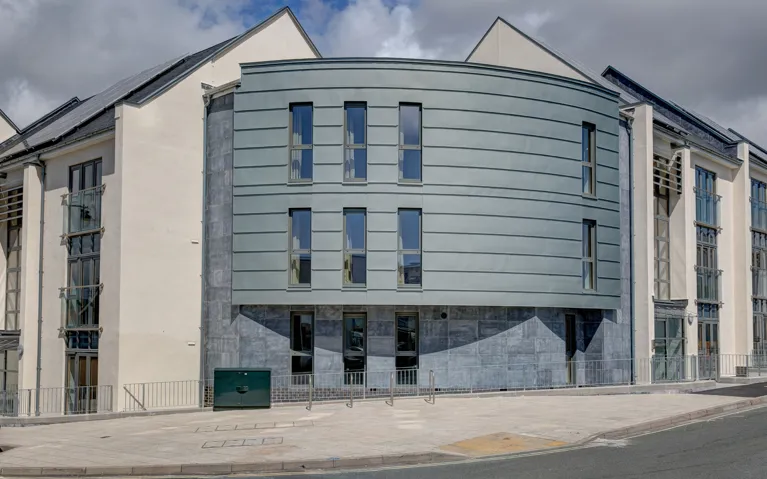A UK first
Wind Microclimate Guidelines
-
Awarded2020
-
CategoryClimate change & environment
-
OutcomeWinner

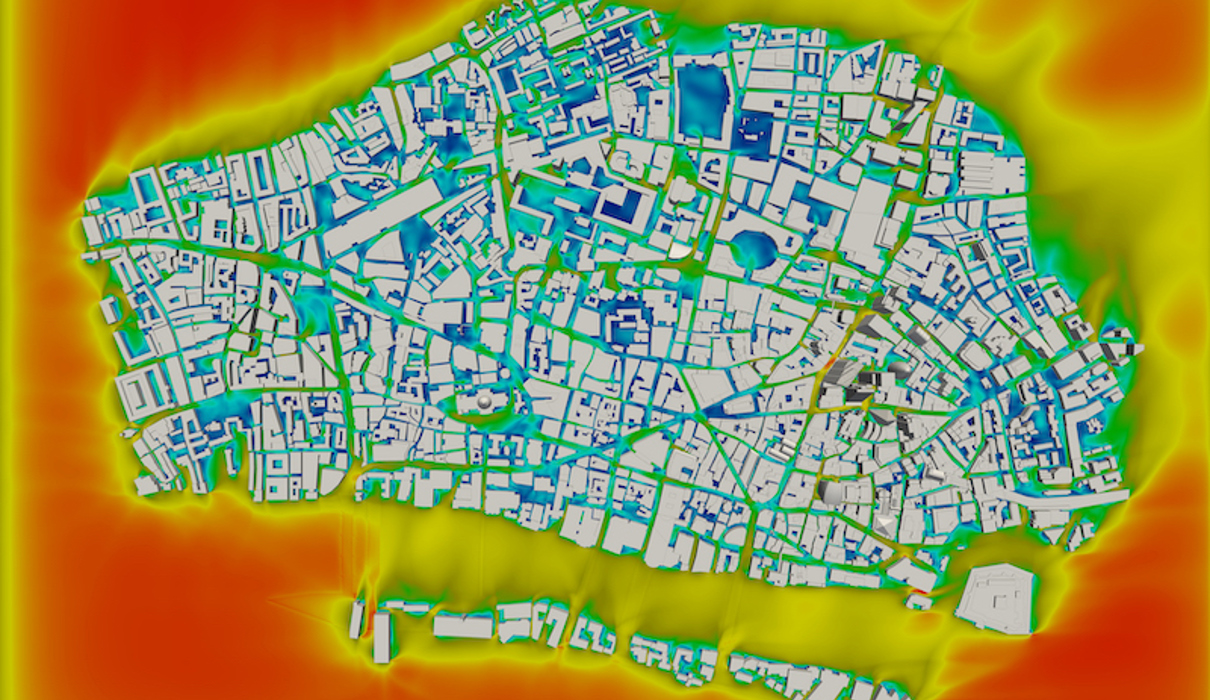

Proof of concept
UK’s first Wind Microclimatic Guidelines
This award was given for the UK’s first Wind Microclimatic Guidelines, a ground-breaking collaboration between the City of London and the Wind Engineering industry.
The guidelines provide general advice on wind microclimate studies which are required as part of planning applications in the City of London. They focus on the primary factors that affect the quality and consistency of wind micro-climate studies. They are the first definitive guidance in the UK and have established the first code of practice, methodology, quality control and raised the benchmark of acceptable wind conditions. The result is a viable tool that can be used across the UK planning system.
- The planning tool is used to ensure that new developments result in an appropriate local microclimate for the health and wellbeing of all.
- Using the Guidelines to assess new schemes has resulted in significant improvements in the quality of the public realm, not only in existing places but also in those proposed as part of new developments.
- The Toolkit for Public Planners is used to ensure that the City optimises the quality of the public realm, future proofing it and its quality for future generations.
Key facts
- • The Guidelines introduced the first UK industry-wide standards for wind conditions.
- • The aim is to raise the benchmark for acceptable wind conditions in the City.
- • The project was a ground-breaking collaboration between the City of London and the Wind Industry.

Shifting perceptions of the area
How and why did the project benefit the public?
The guidelines aim to raise the benchmark for acceptable wind conditions in the city to make sure pedestrians and cyclists are comfortable and safe. They provide a refined policy framework to deliver a more socially and economically inclusive City and underline the fact that good wind microclimate conditions are essential to create good public spaces in the City.
The Guidelines highlight the need for a more thorough assessment of wind effects on vulnerable groups, such as the very young, the elderly and people living with disabilities. They emphasise the need for a more considered approach in how wind impacts on sensitive uses, such as in schools, playgrounds, parks, elderly homes and hospitals.
What were local planners looking to achieve?
- To deliver high quality new developments which minimise or improve wind conditions on the City’s public realm.
- To establish a robust planning policy framework to deliver significant environmental benefits to the public realm of the City.
- The Guidelines delivers high quality microclimatic conditions conducive to urban greening, street trees and biodiversity.
- To help to minimise uncomfortable wind conditions to the public realm delivering healthy and humane streets and public spaces for all sections of the community to enjoy.


Justifying the need
How were local planners essential to the project’s success?
This initiative demonstrated the leadership and vision of planners in recognising the historical shortcomings in wind modelling the effects of proposed developments.
Not only were these shortcomings identified, but a pioneering partnership was formed with the Wind Engineering industry to curate the Guidelines and establish standards of practice and raise the benchmark of acceptable wind conditions.
Related case studies



